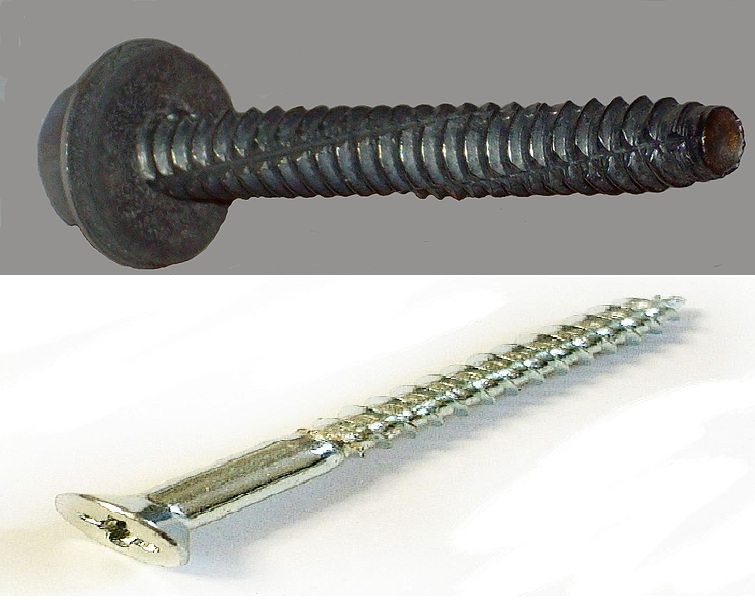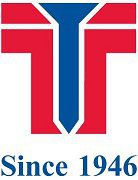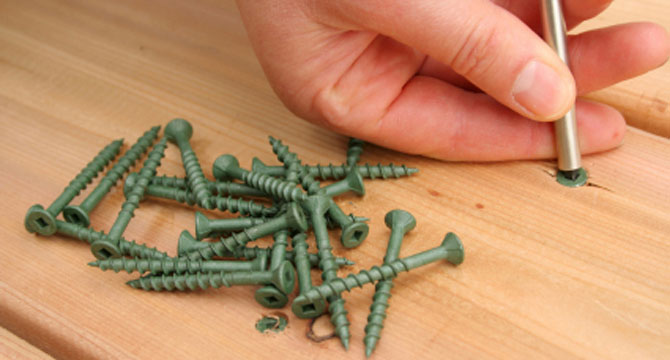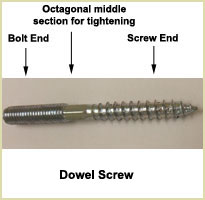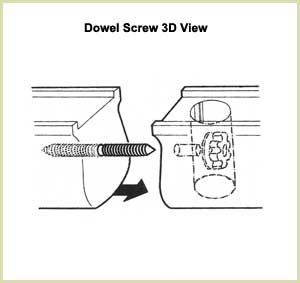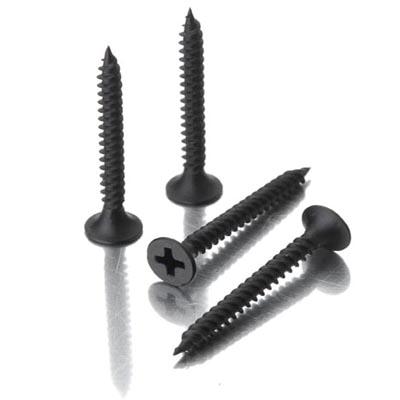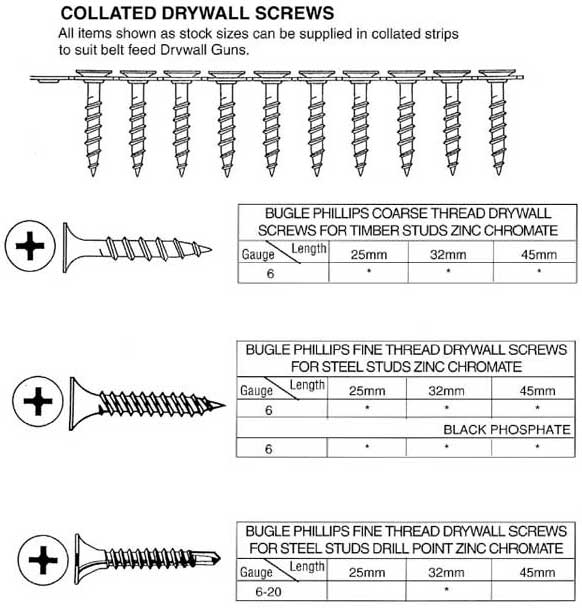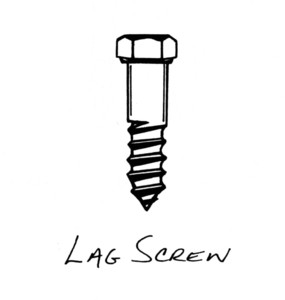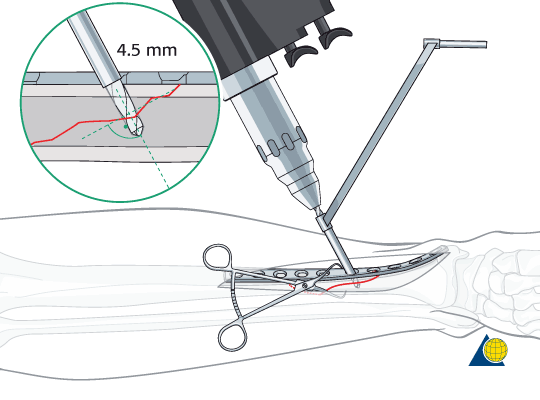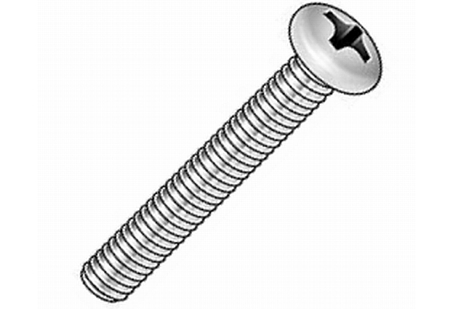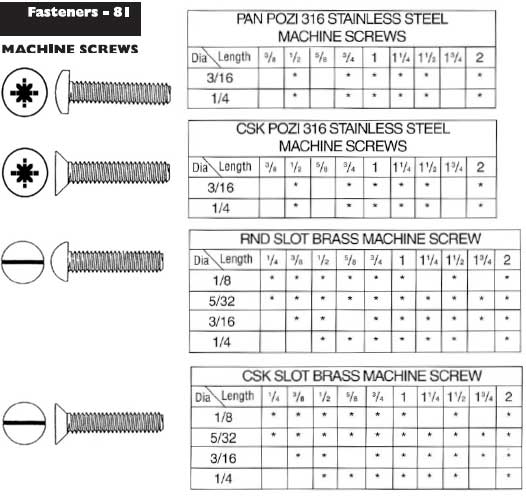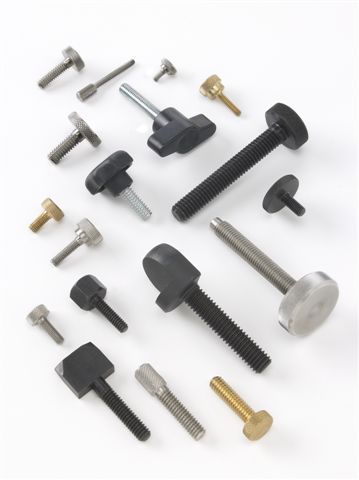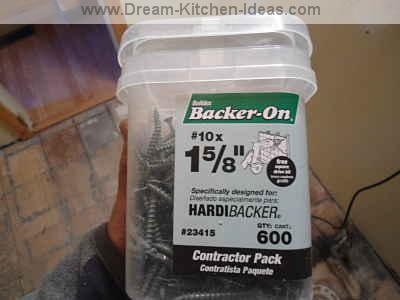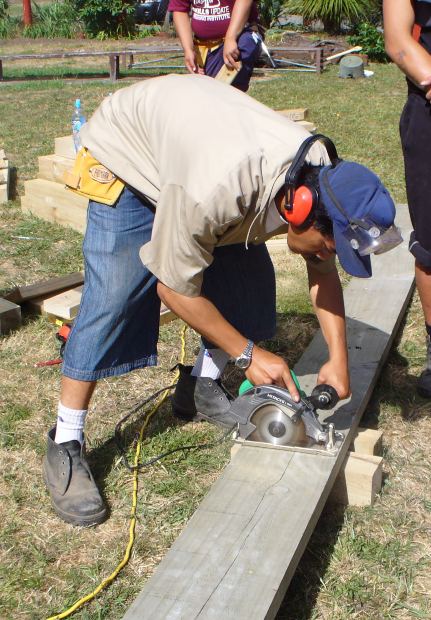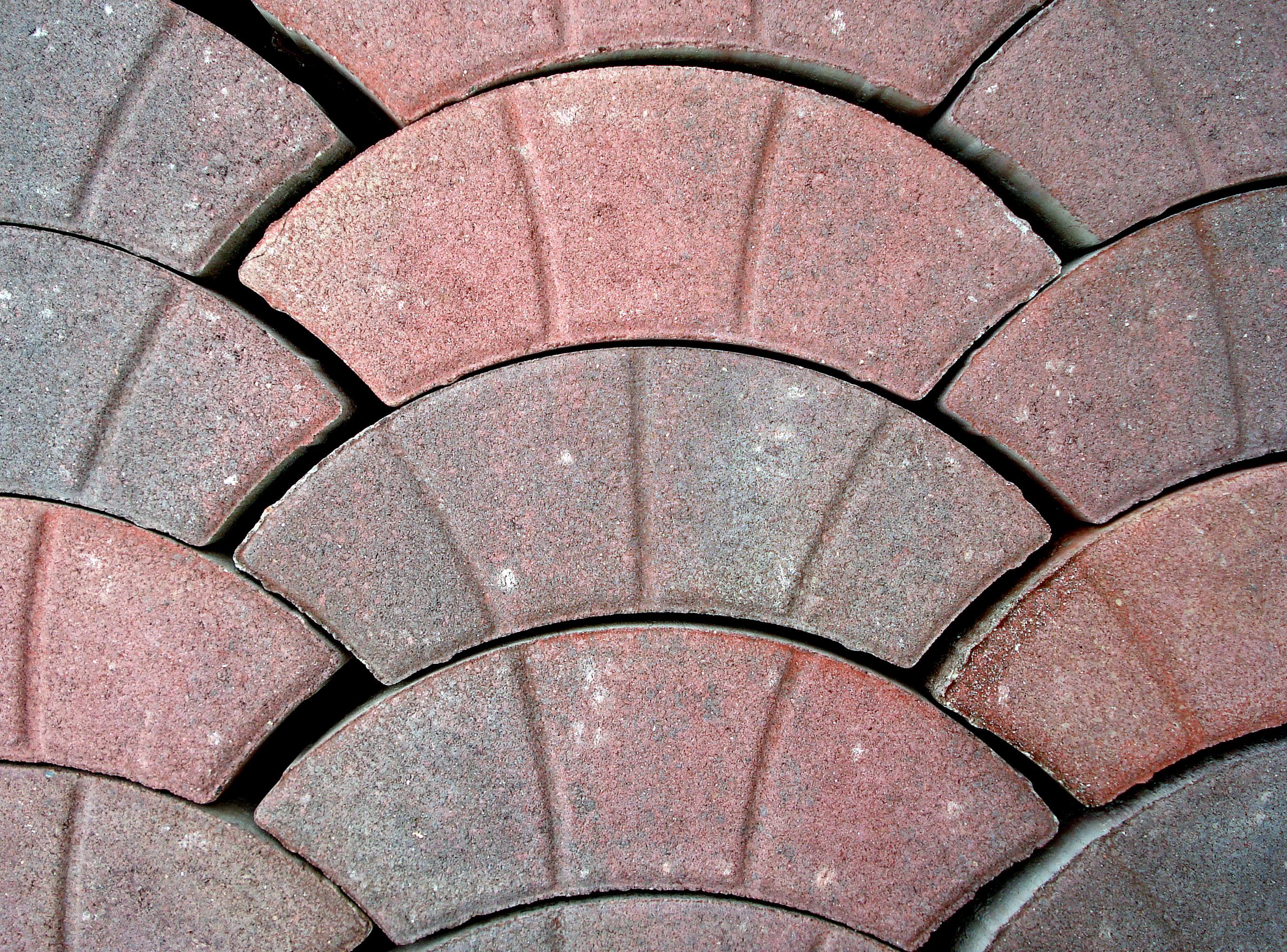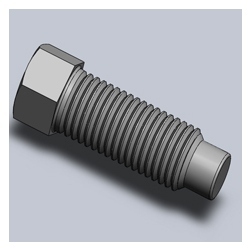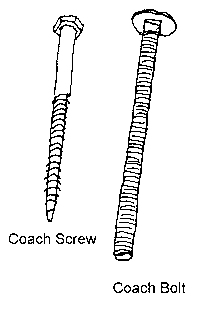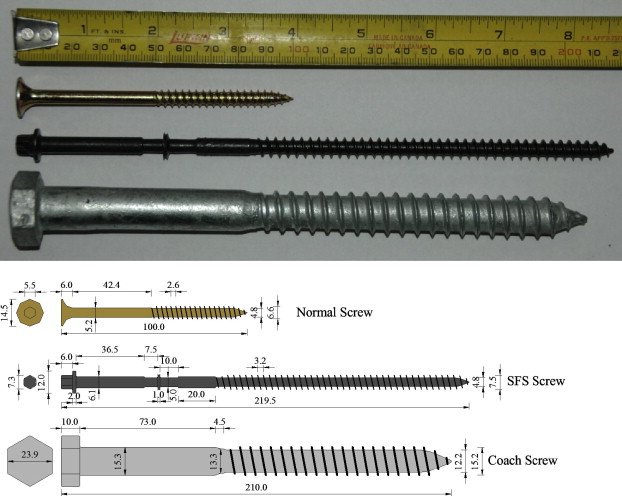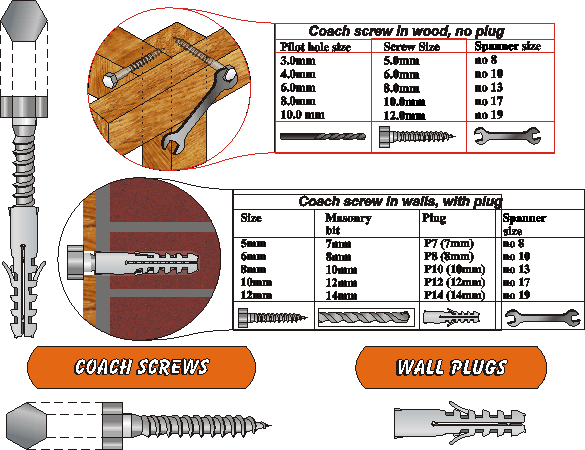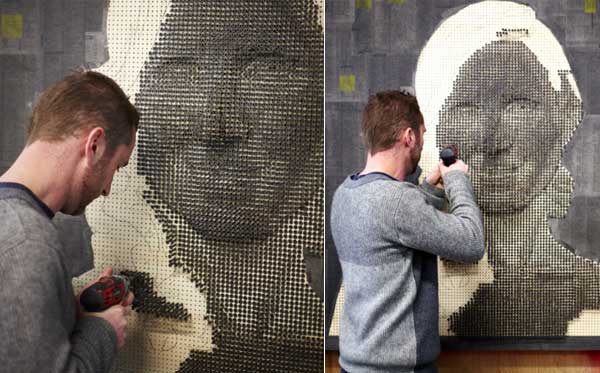Absolutely Stunning Home Decor Pieces Made Up of Nuts and Bolts
With the Thanksgiving turkey and all the frills now rigidly behind us, it’s now time to linger over the next big holiday observance. While December at Yorkshire Park is going to be packed like sardines with colorful events to enliven your creativity and festive spirit, there are other places in the world, which would be hosting art form in a unique way this Christmas. You would have been decorating your house with the usual Christmas decorative items for years. This year, you can do something different.
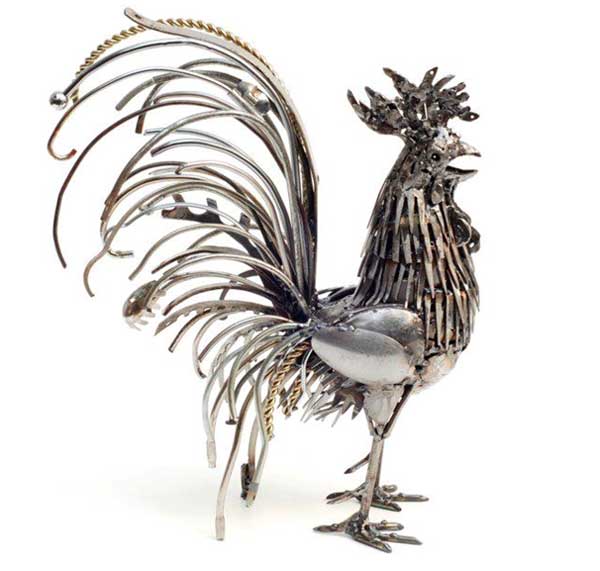
How about going for some recycled nuts and bolts decorative items? While the seasonal decorative items are only meant for the month of December, the metallic items can permanently take a place in your house. While they not only give a funky look to your decor, but can make your house stand out in the neighborhood. Doesn’t it sound bit weird – decorative items made from scrap metals and bolts? Well, it’s interestingly true. It’s a well-known factor that creativity can come in any form. It is not necessary that it should be hand-crafted or machine made, it can dumbfound you nevertheless.
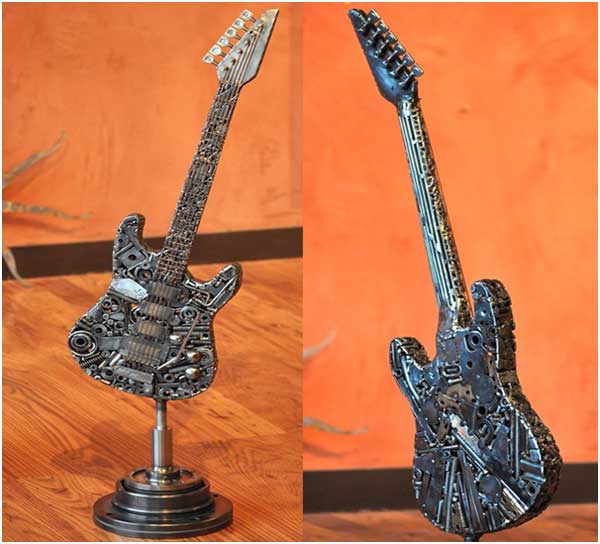
You can even create splendid designs out of scrap metals, nuts, bolts, hinges, forks and locks. Portland-based amazing sculptor and welding artist Brian Mock has given life to his metallic creations. He effortlessly tunes the metal pieces into life-like cocks, dogs and even genuine replicas of double-neck Gibson electric guitars. His creativity is quite discrete, ranging from fancy to functional.
Brain explains his work in his own words:
“I am intrigued by the challenge of creating an entirely unique piece from an eclectic collection of discarded objects. Giving these old, common items a new and extraordinary life as one sculpture is an artistically challenging yet gratifying process.”
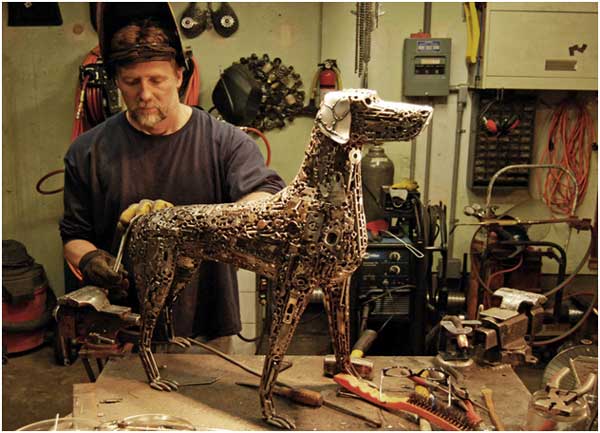
Brian at his workshop
Now you would have got an idea about the multifarious uses of such hardware supplies. Gone are the days, when fasteners like screws, nuts and bolts were bought only for fastening objects or for any manufacturing industries. These days, even artists like Brian are seen shopping fasteners, so that they can seamlessly club them to create a splendid sculpture, as you can see in the image.
These days, the hardware supply companies are not only selling their products to the manufacturing companies, but now artists and sculptures have also become their esteemed clients. Earlier, only manufacturers used to purchase fasteners in bulk amounts, but now these metal pieces are now bought in huge amounts, only to be used for conceiving such wonderful home decors.
This Christmas, you can think bit unique and can bring home such decorative metal pieces to enhance the look of your house. You do not mind spending huge bucks in shopping delicate home décor pieces, which are made up of porcelain and ceramic. But you can get these pieces at quite affordable prices, plus such types of show pieces are durable enough to become a permanent home décor item in your home.
You can even volunteer to flaunt your skills by trying out our hand in creating such kind of metallic creation. All you need is to go online and shop some quantity of nuts, bolts and other fasteners, which you think can be of help. And then under the guidance of an online video, you can start creating your own studio.
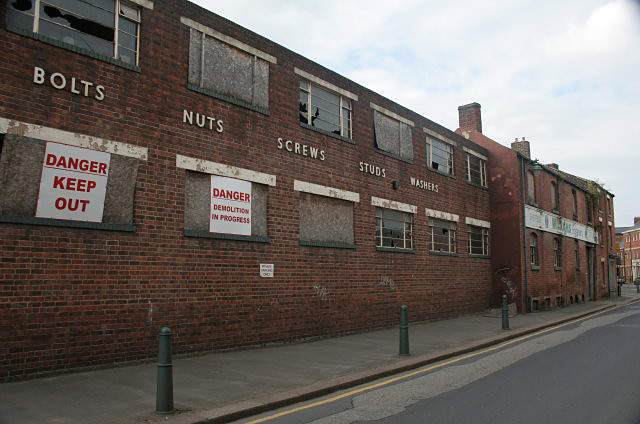


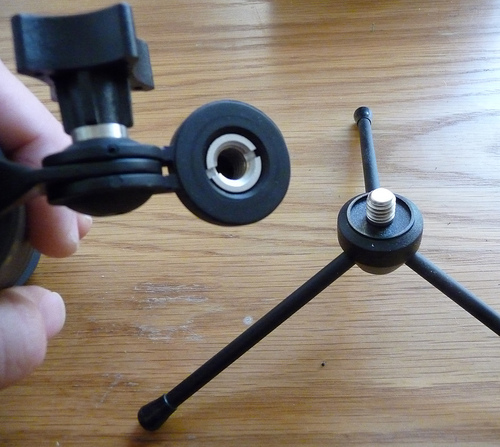
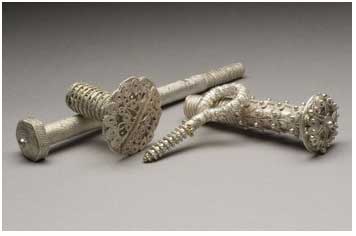 History
History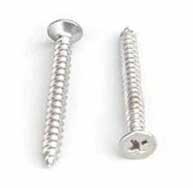 Modern Screws
Modern Screws Some Recent Updates about Screws
Some Recent Updates about Screws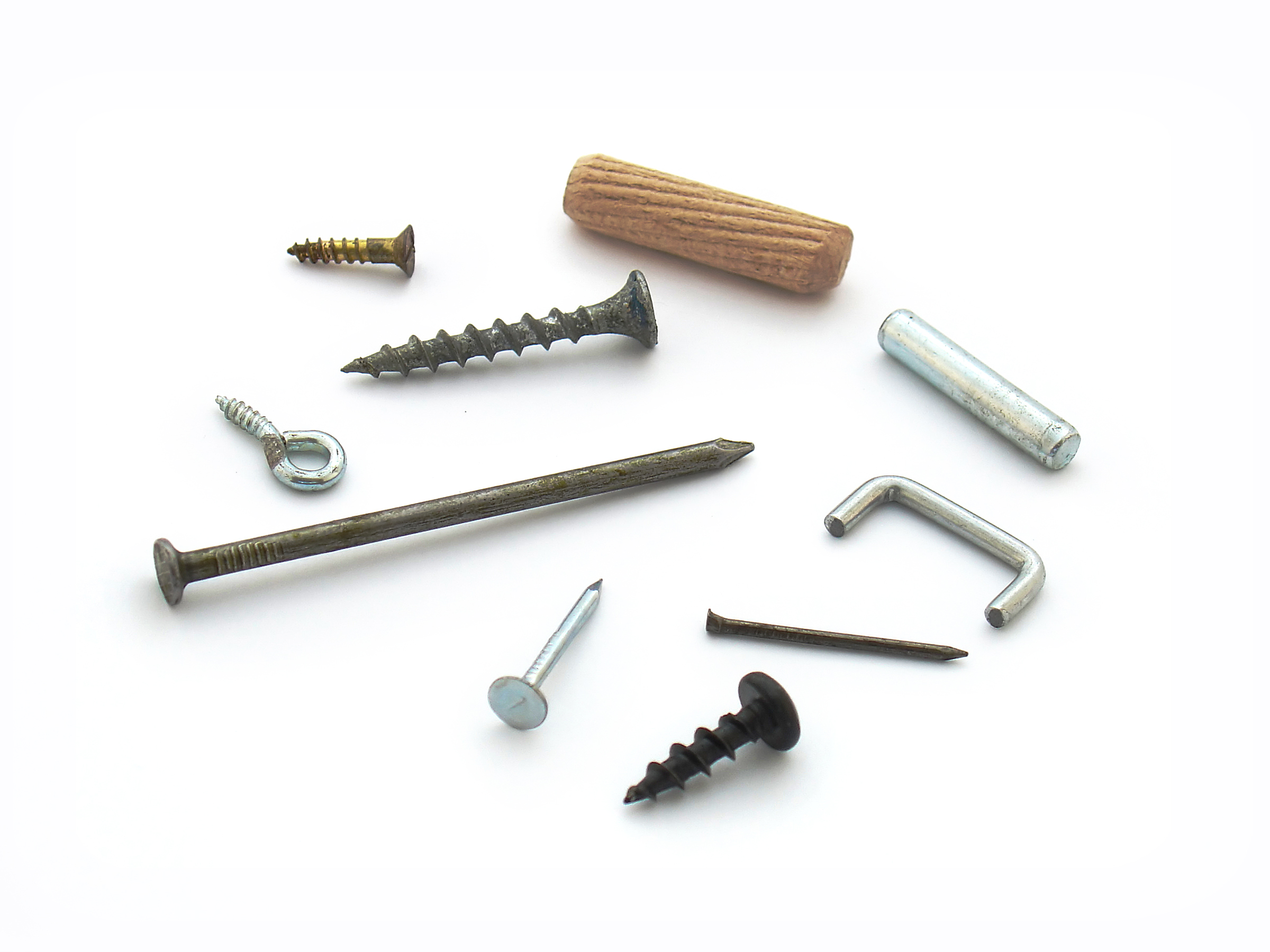
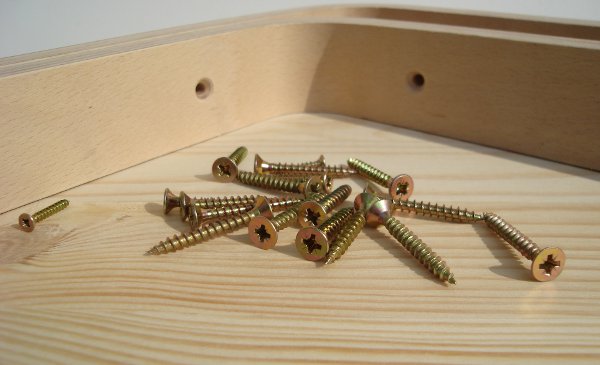
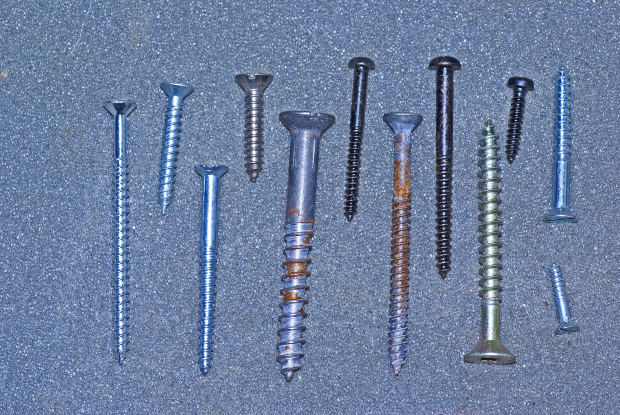
.jpg)
